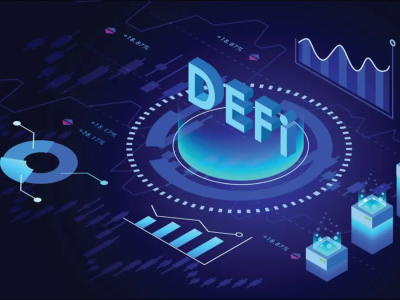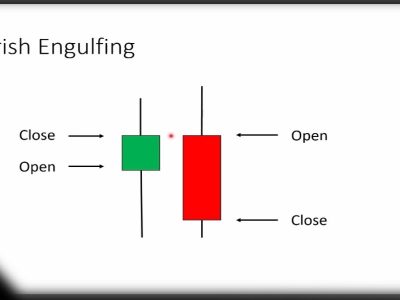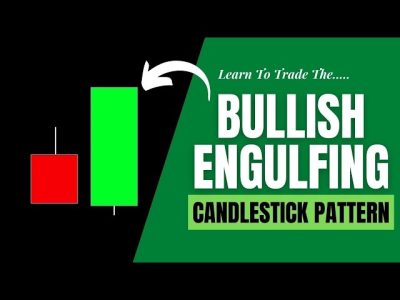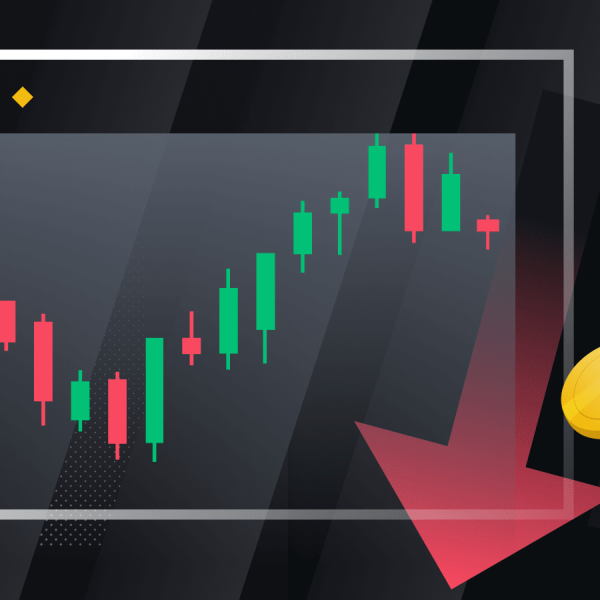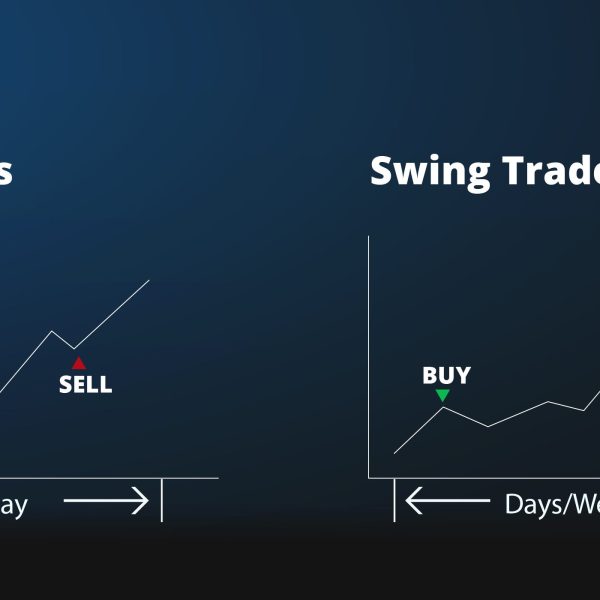The flag pattern is used by technical analysts and traders and it signals the continuation of the current trend. In this article, we’re going to learn about the bearish flag, and we’ll cover what it is, who to find one, what it tells us and how we are supposed to use them in our trades and our analysis. So, let’s waste no more time and get to it.
What is a Bearish Flag?
A bearish flag is a technical pattern that signals that the current trend will potentially be continued. The bearish trend follows a downtrend, so after a drop in an individual security’s price comes a consolidation phase in which price moves inside a channel called “flag” (also called the consolidation channel) where the price can rest for a little bit of time. The consolidation channel is directed upwards and the price may also retrace and go back to the lost levels.
After the consolidation channel, the price continues the trend and starts dropping again. The first downward movement before the price enters the consolidation phase is called the “flag pole”.
How to identify a Bearish Flag?
Identifying a bearish flag isn’t a hard thing to do. To learn to identify them easily you should learn about their different components and understand them. After that, you should train your eyes by looking at different security’s charts and try finding different bearish flags. By doing so, you’ll guarantee that you’ll know a bearish flag the next time you see one on a chart.
The bearish flag pattern is made out of 3 main components:
I.The first component is the flag pole, that’s what you should be looking for in the first place if you’re going to find a bearish flag pattern. The flagpole is the first downtrend which is the initial movement of the bearish flag pattern. The downtrend can be very steep and the security’s price can drop down fast, or it could be more like a slow drop down and the security’s price may go down with a low slope and it could take some time to drop down in the price of the security. But no matter how fast or slow the downtrend completes, either way, it’s still called a flag pole.
- The second component is called the “flag”. This is the phase where the price just stays and just consolidates in a channel. During this period the channel could also be moving upwards. This means although the price could retrace to some of the lost levels and break out of some resistance level near the current number. But it has a limit and if you connect the highs and the lows of the price action in this phase you could find the consolidation channel the price is resting in currently. You should remember that the price could rise (slightly) and shouldn’t be mistaken with a reversal. The consolidation could be upwards or even downwards. You should wait until this period is over and the price breaks out of the bottom of the channel, or even from the top, in that case, you should find out if it’s a fake breakout or not.
- After the price broke out of the channel, you can expect to see another bearish leg. Under these circumstances, you can open a short position and gain profits from the downtrend the price is currently in. You should also place your “take profit” to make sure we won’t miss on the potential gain. And remember, we don’t need to gain all the profits that the market could potentially offer. We can’t earn money from every swing, we just need to take our piece and move on to the next possible scenarios. To measure the price to put our take profit order at, you should measure the first bearish trend in which price dropped, the flag pole. So to measure a trend you need 2 points to draw a line. The first point is where the first drop-down happens, the first candle that started the downtrend (the flag pole), the second point is the ending candle in the flag pole. The last candle that caused the price to drop, before the price went into the consolidation phase. For example;
Let’s call the beginning point of the flagpole point A and the last point of the flagpole point B. If the difference between point A and point B (for example) is 15%, after the consolidation channel where the price breaks out of the support, you can expect another 15% drop in price. So you can place the order at 14.5% to be sure, if you also find a historical support level at that level (by historical means if the price has picked a support at that level before), there’s a great chance that the price will be supported at that same level again so you could take your profit at a slightly rounded up price just to be sure.
An example of a Bearish Flag

Here you can see a bearish flag pattern happening in the bitcoin 1H time frame chart. At a price roughly above 66000 where it performed a fake breakout (also known as a fake-out) it got rejected by the resistance and started moving downward which formed the flagpole, it’s marked by the red line. Price then entered the consolidation channel (you could also draw a smaller channel there) and started moving upwards and after dropping to 62000 it was able to reach back to 64000, where it broke out of the consolidation channel and went back to continue the downtrend. Then in the trend marked by the orange line, the price dropped from 64000 to 61000 and completed that bearish swing.
How can we trade a bearish flag pattern?
In the picture mentioned in the previous section, after seeing the flagpole you should wait for price action to enter the consolidation channel and watch the market sentiments at that price and observe to see if a consolidation channel is being formed or not.
If the price entered a consolidation channel and you made sure there’s no reversal happening, wait for the price to break the consolidation channel, there you can place you take profit orders based on your strategy and your stop loss should be slightly above the last high before the price broke out of the channel. Remember that your targets for taking profits should at least be as twice as the stop loss.





